Goals give more direction to our daily life. When we set goals, we focus more on the things we really want, because our brain is easily distracted. We often set too many big goals, so we lose sight of them. Mind mapping helps you to divide your goals into smaller, more easily accessible parts. You can view and monitor all your different goals on just one page. Also, the goals will be small enough to plan them in your agenda. This ensures that you too can become successful in achieving your goals. Let’s start.
In next section we explain how to create a mind map of your goals in 7 steps. In the first 5 steps we define the goals by collecting, connecting, selecting, organizing and structuring them. In step 6 the mind map becomes more attractive to look at and in the most important step 7 we show how mind mapping helps to achieve your goals.
Step 1. Collecting goals
First we start with collecting all goals. Write down all the goals you want to do in keywords or small sentences. Keep writing till nothing pops up anymore. Collecting many goals is fine, because selection will take place later.
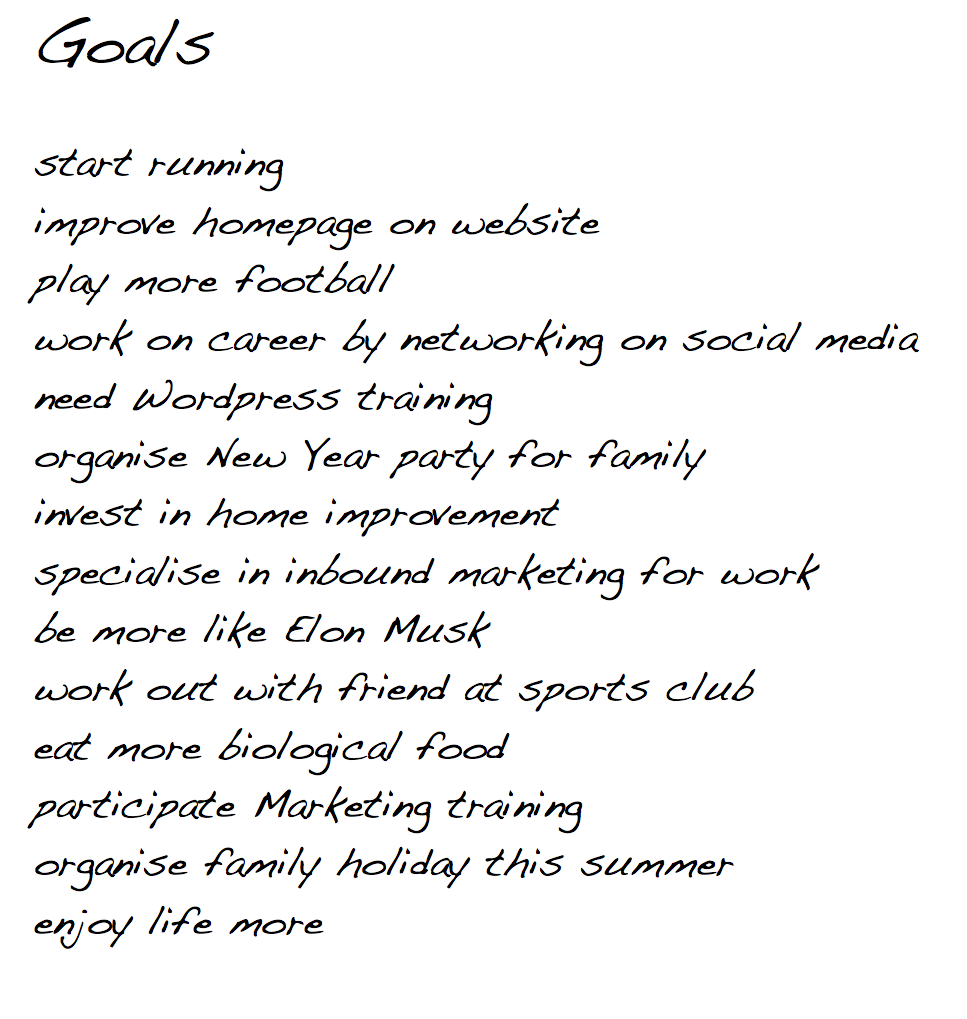
Fig.1 List of goals
Step 2. Central theme
The next step is to type the central theme in the centre of a blank page.
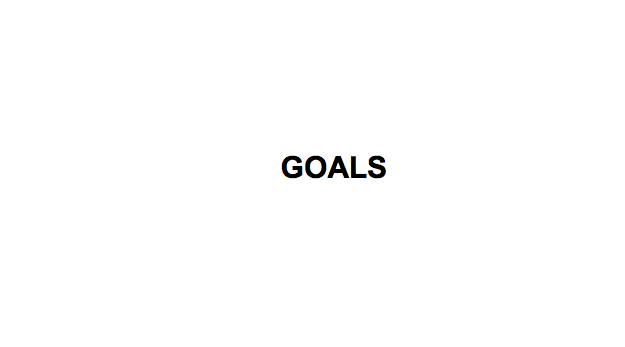
Fig. 2 The central theme “goals”
Step 3. General associations
For the first level around the central theme, we look for general associations. The following categories are a great way to bring order into goals: personal, work, education, social and financial.
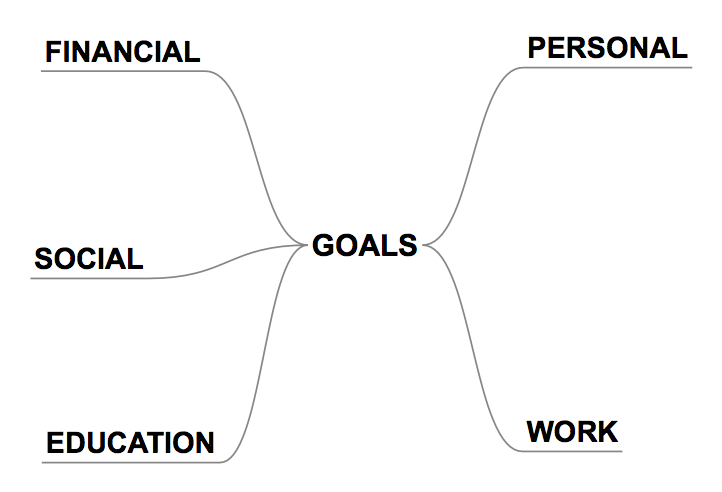
Fig.3 Connecting categories to the central theme “goals”
Now take a look at the goals on the list. To which categories can we connect the goals?
Write behind your goals on the list what kind of goal it is: personal, work, education, social or financial.
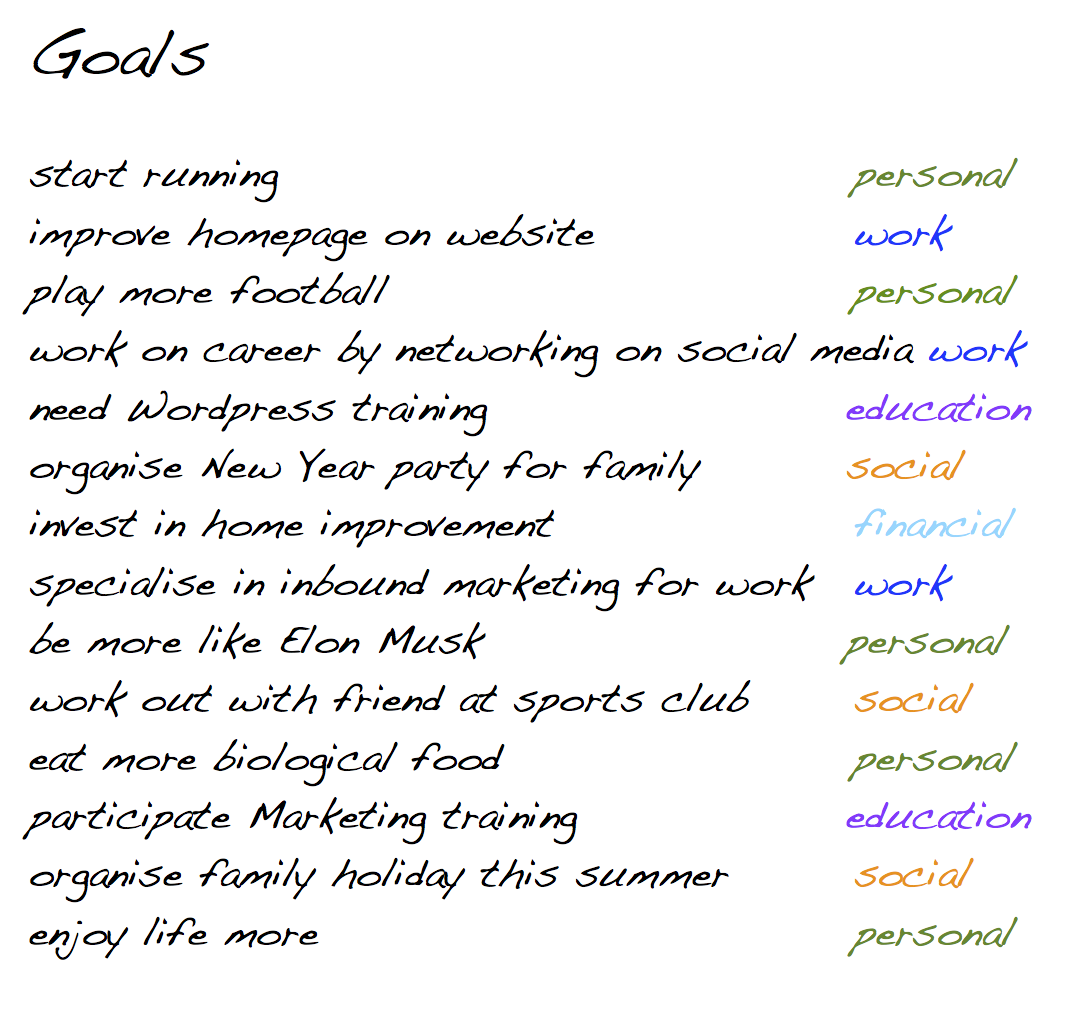
Fig.4 Assigning goals to a category
Connecting the goals to categories is easier, when we use keywords. For each goal we search for one or two specific words that contain the most important information. A w-question can help to do this: What do we want to do?
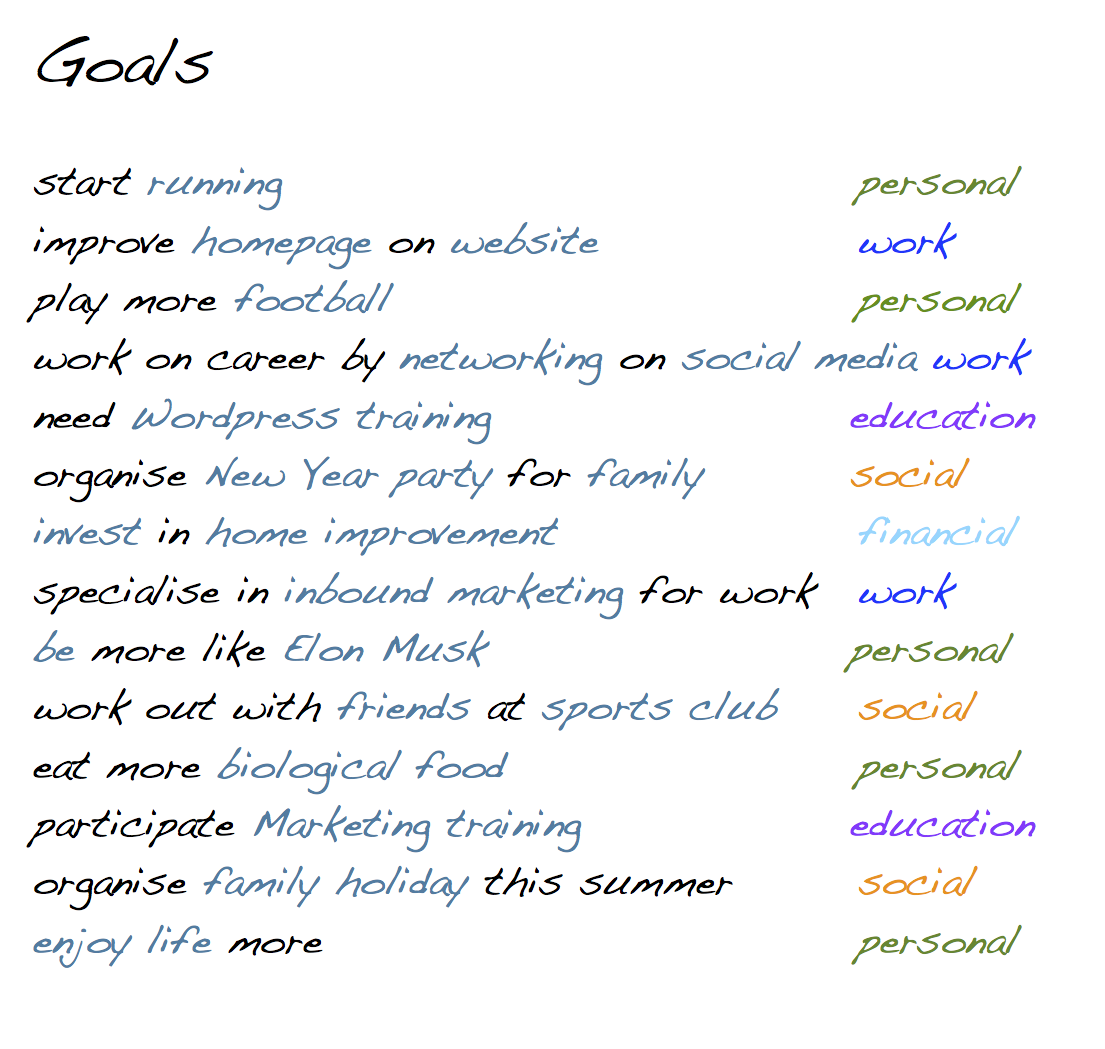
Fig 5. Blue keywords
Step 4. Selecting and connecting goals
Selecting goals is important, because every goal will need it’s time in the agenda. Having too many goals lowers the chance of achieving them. Therefor for each general association a number up to 3 goals is chosen. In this case there are too many goals for for “personal”:
running
football
be Elon Musk
biological food
enjoy life
It is important to choose the goals you are most motivated to do and always check if the goal is SMART. Smart goals are more effective to achieve, because they are more specific and realistic. SMART goals can be made:
Specific: specific with help of w-questions like: what, where, when..
Measurable:what proofs it, what’s the evidence?
Attainable: is it acceptable, possible and can it be planned?
Relevant: why do you want to reach this goal and is it the right goal?
Time bound: can it be planned in the agenda, is there enough time?
Three smart personal goals are selected & connected: running, football and biological food. The other goals are dropped, because these are not smart.
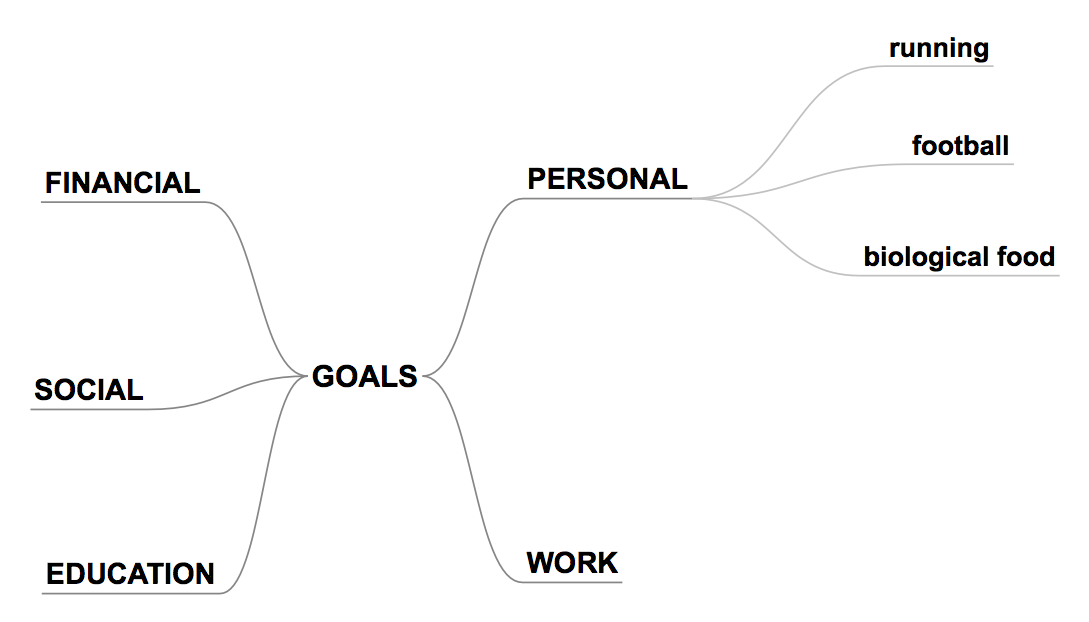
Fig.6 Selecting and connecting “personal” goals
We can also select and connect the other goals the same way.
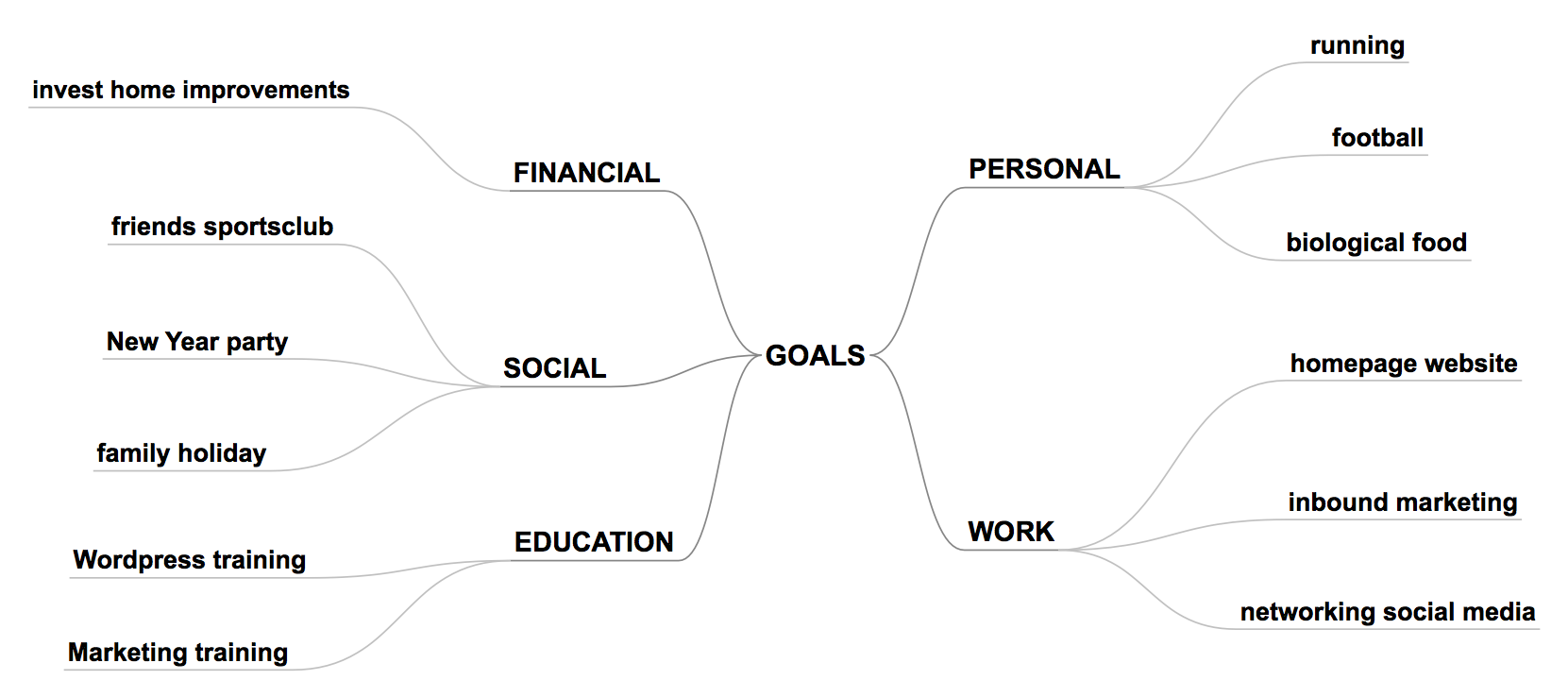
Fig 7. Selecting and connecting all the goals
Step 5. Ordering en structuring goals
Ordering and structuring goals makes the mind map expandable; adding more associations is possible now or later. Also more goals can still pop up, because ordering & structuring will expand your way of thinking.
Even more specific groups are possible by looking at what goals have in common. Asking W- questions helps:
Which or what personal goals? sports, food
What to do for work? projects, career
Which people are social important? family, friends
Which financial area? investment
What kind of education? training
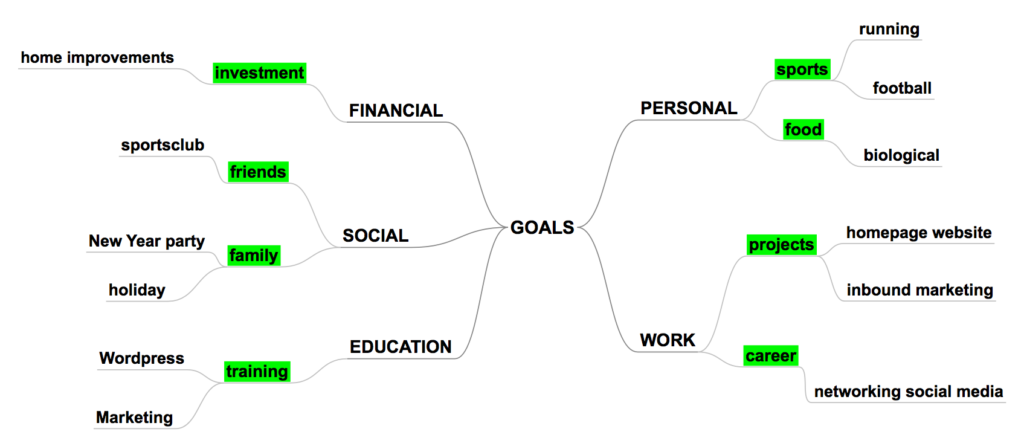
Fig.8 Goals are ordered into groups
Ordering and structuring associations from general to specific is important, because this will make adding more associations possible. That’s why we order in personal goals the keyword “food” first and “biological” second.
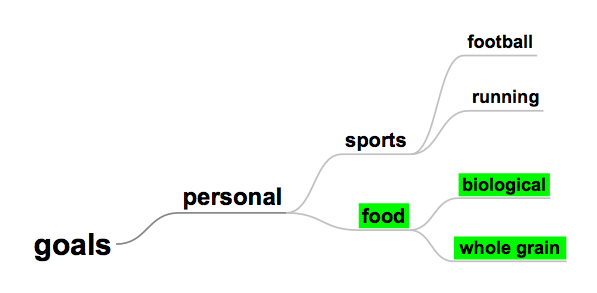
Fig. 9. Adding new associations is possible now, for example “whole grain” to “food”
The other goals are arranged in the same way.
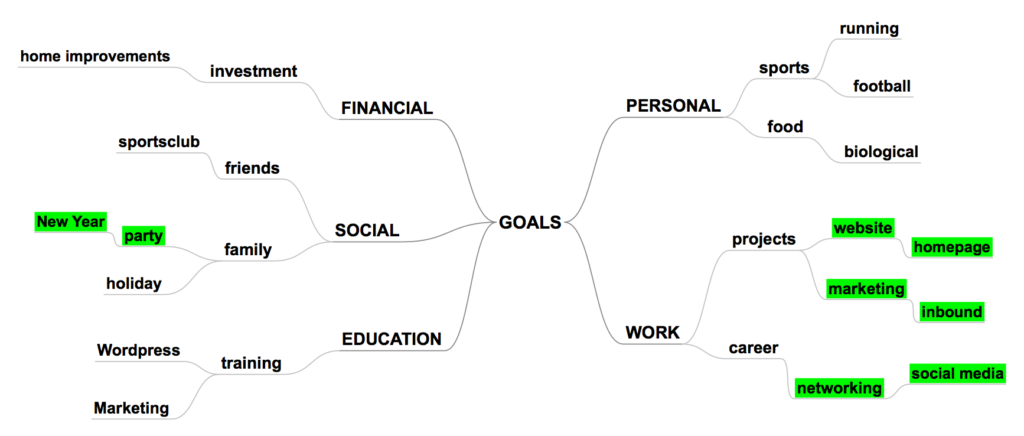
Fig.10 Arranging the green goals from general to specific
The result is a mind map that contains all the goals.
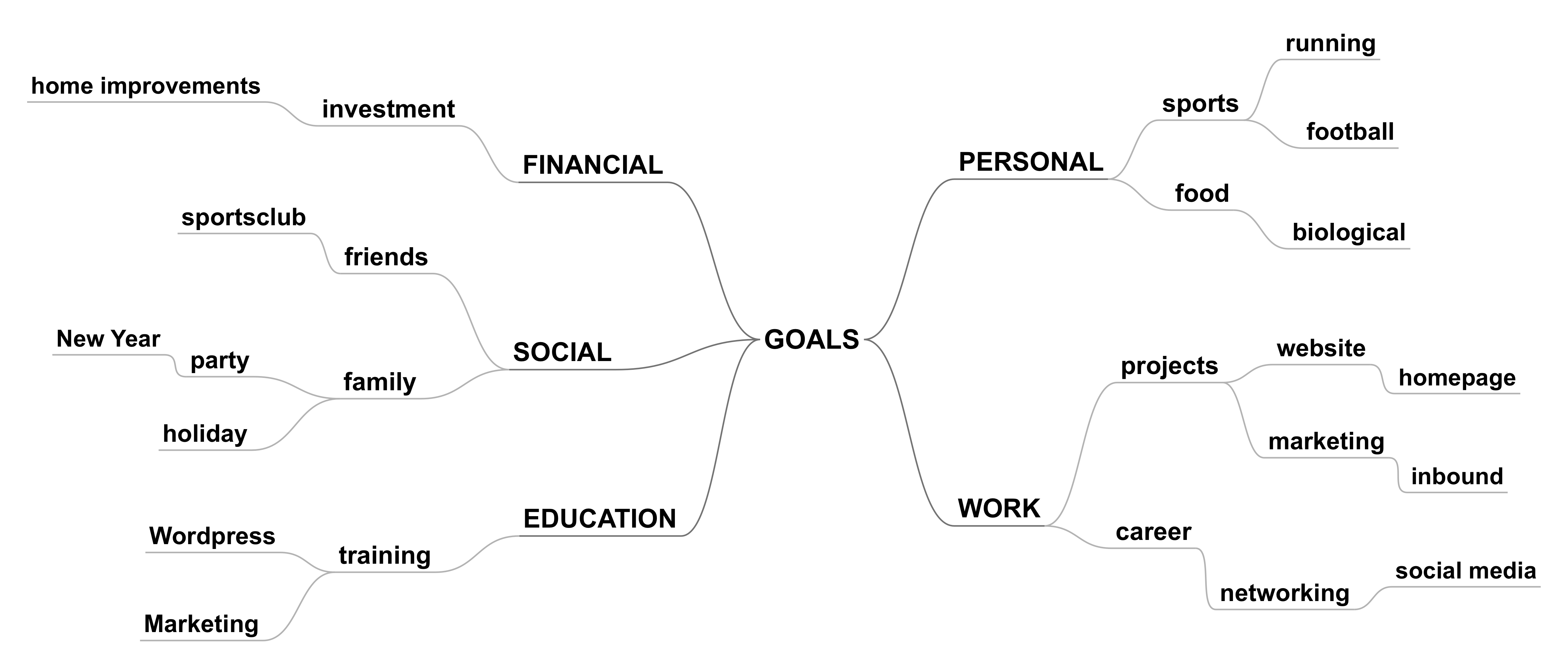
Fig.11 All goals are in the mind map now
Step 6. Make your mind map attractive
The next step is to look for a matching image for the mind map. An image can make a mind map more lively and interesting to look at.
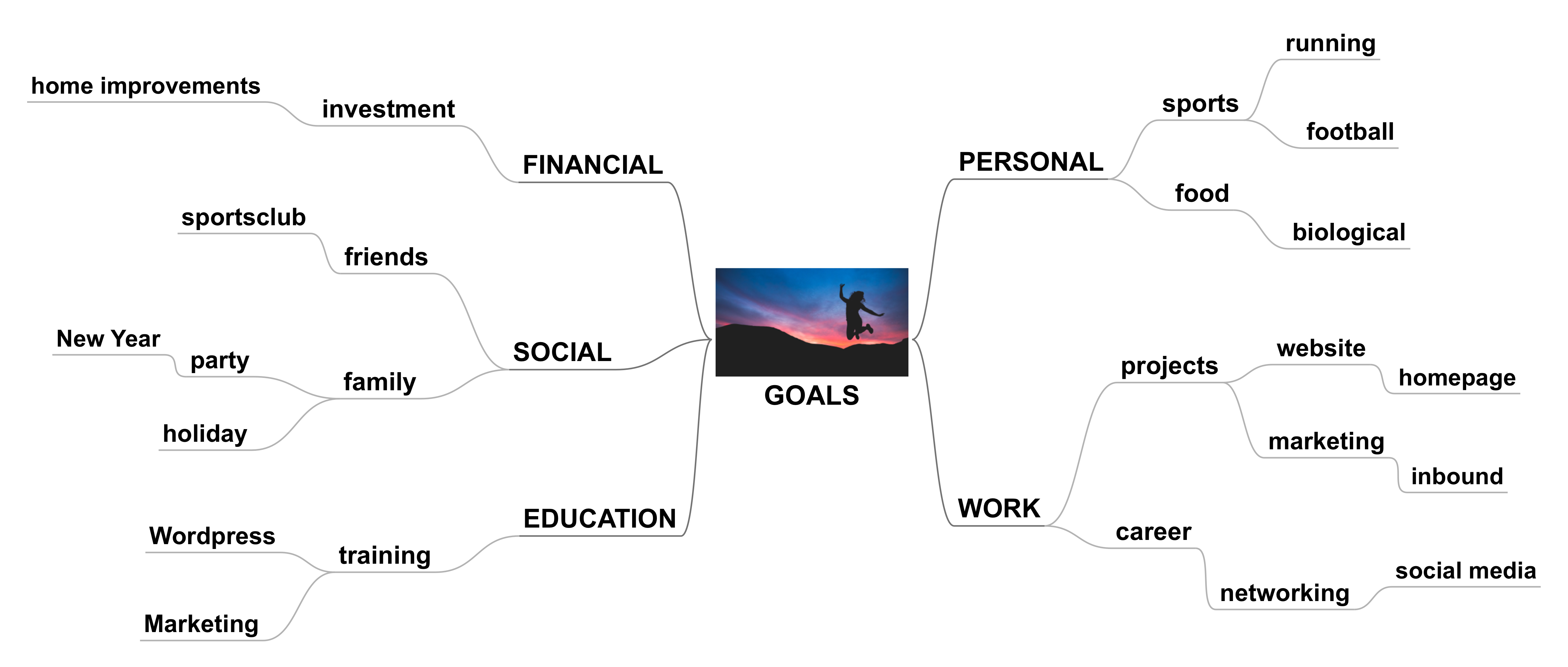
Fig.12 An image makes the mind map more attractive
Color helps to distinguish the different goals, for example “green” for personal “healthy” goals. Adding a couple of icons makes the mindmap more personal.
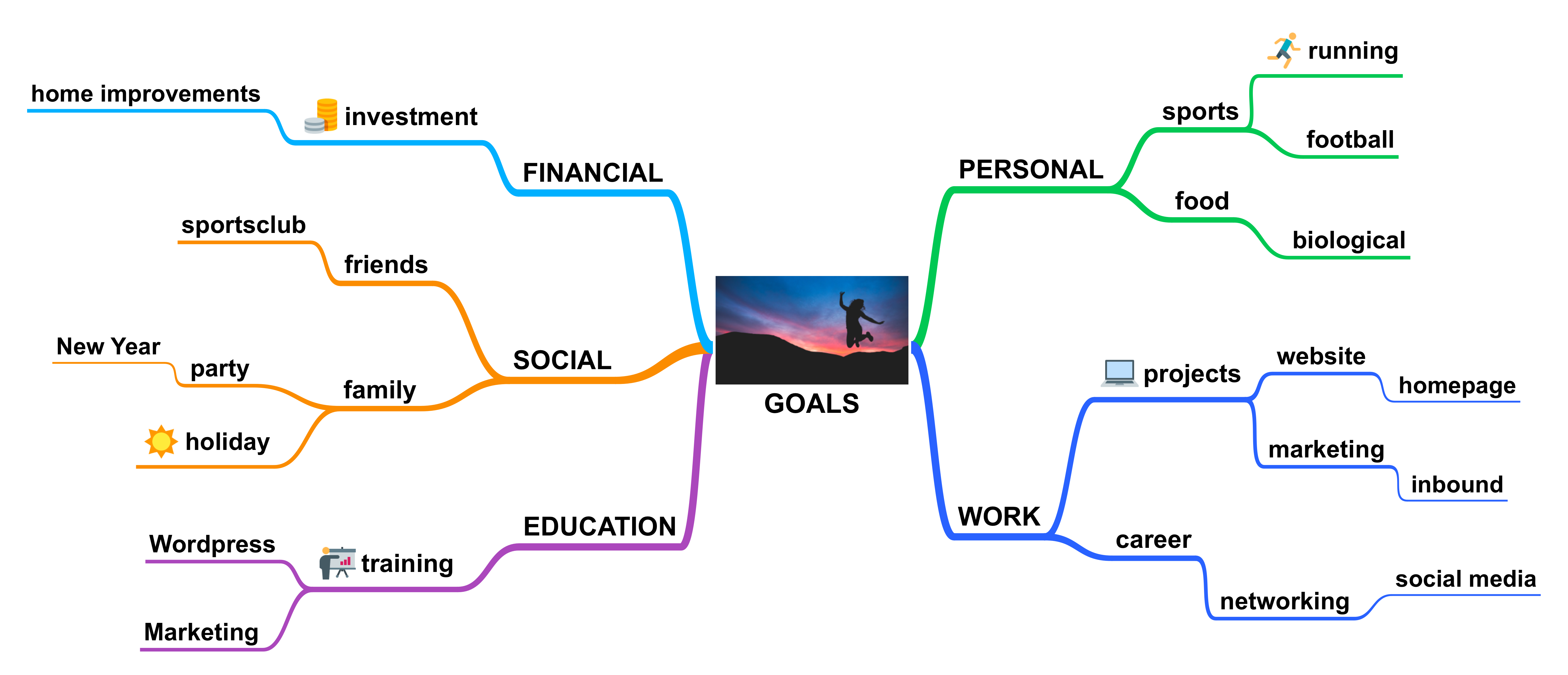
Fig.13 Color & style complete the mind map
Step 7. Reaching your goals
The complete mind map works as a template; it represents all the goals that need attention and time. You can print it and hang it on the wall. This helps to stay focussed and motivated. It is best to work on your goals every day. Making a weekly to do list will make it easier, because your goals become smaller tasks. These tasks can be scheduled weekly in the agenda.
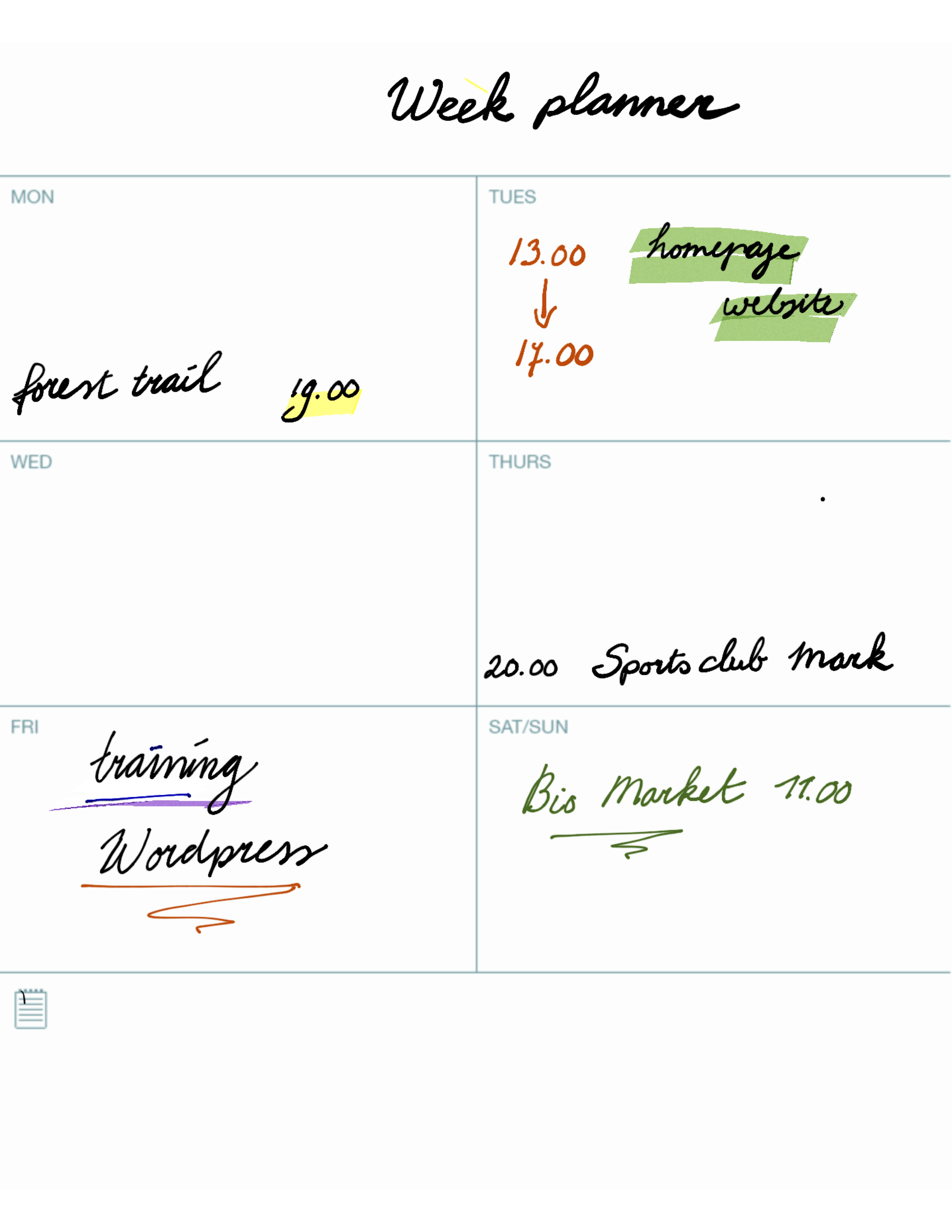
Fig. 14. Plan your goals weekly
It is best to evaluate your goals & tasks often. This way, performance or results can be viewed and added to the mind map.
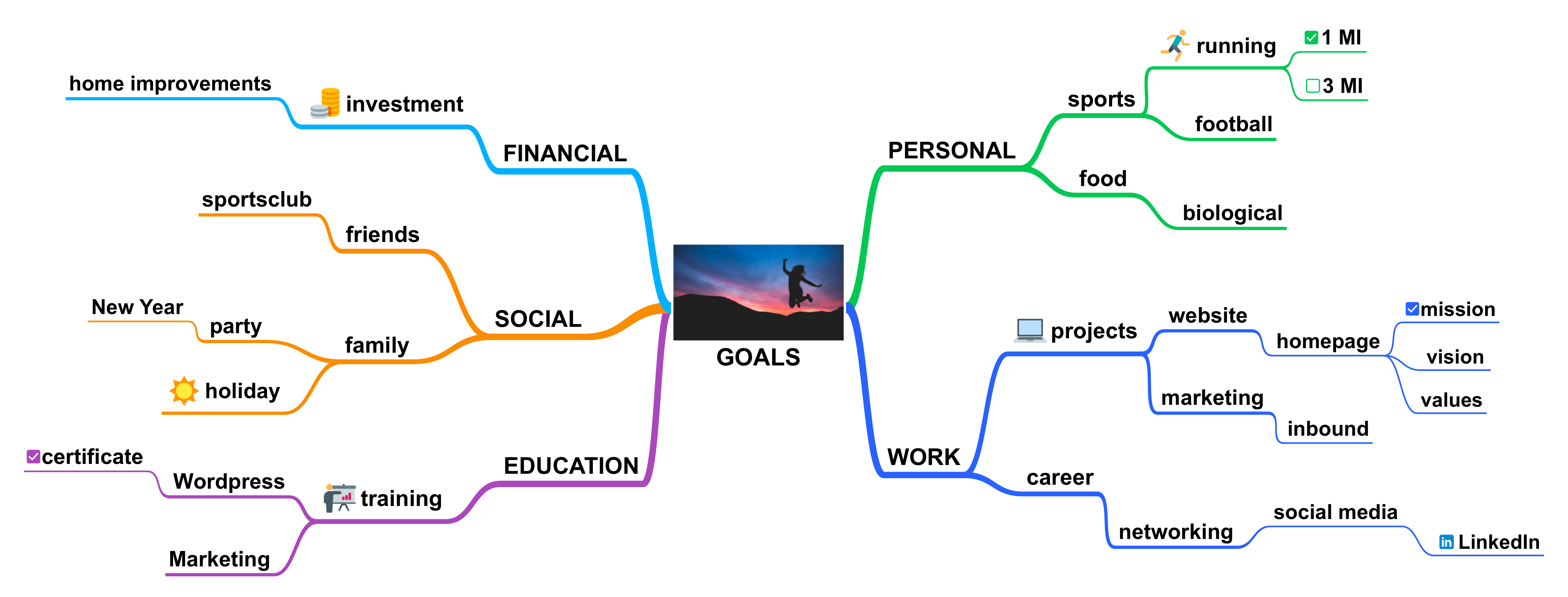
Fig 15. Steps, results & achievements are added
Setting goals can really make a difference, because they keep you working on the right things. Mind mapping supports you in selecting the best smart goals by dividing them into small achievable parts. All goals & achievements can be viewed on just one page. Keep working daily on goals by planning in the agenda. Monitoring progress helps to stay motivated, because it’s all about working on smaller goals to achieve the “big” ones.